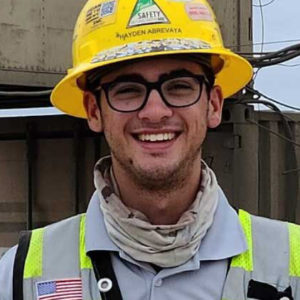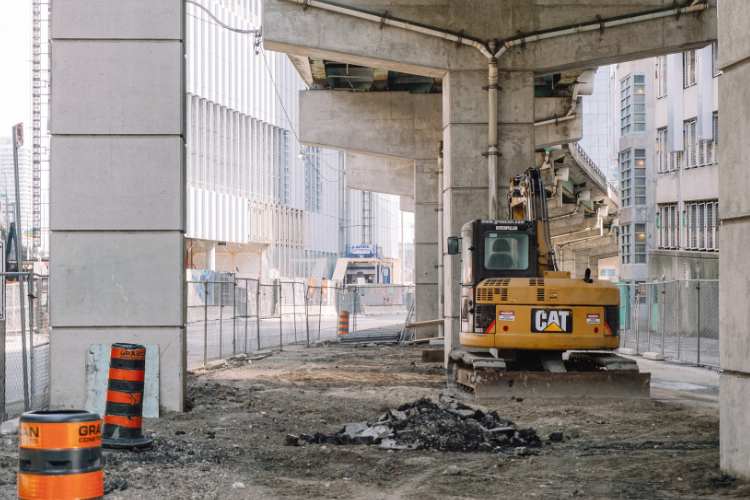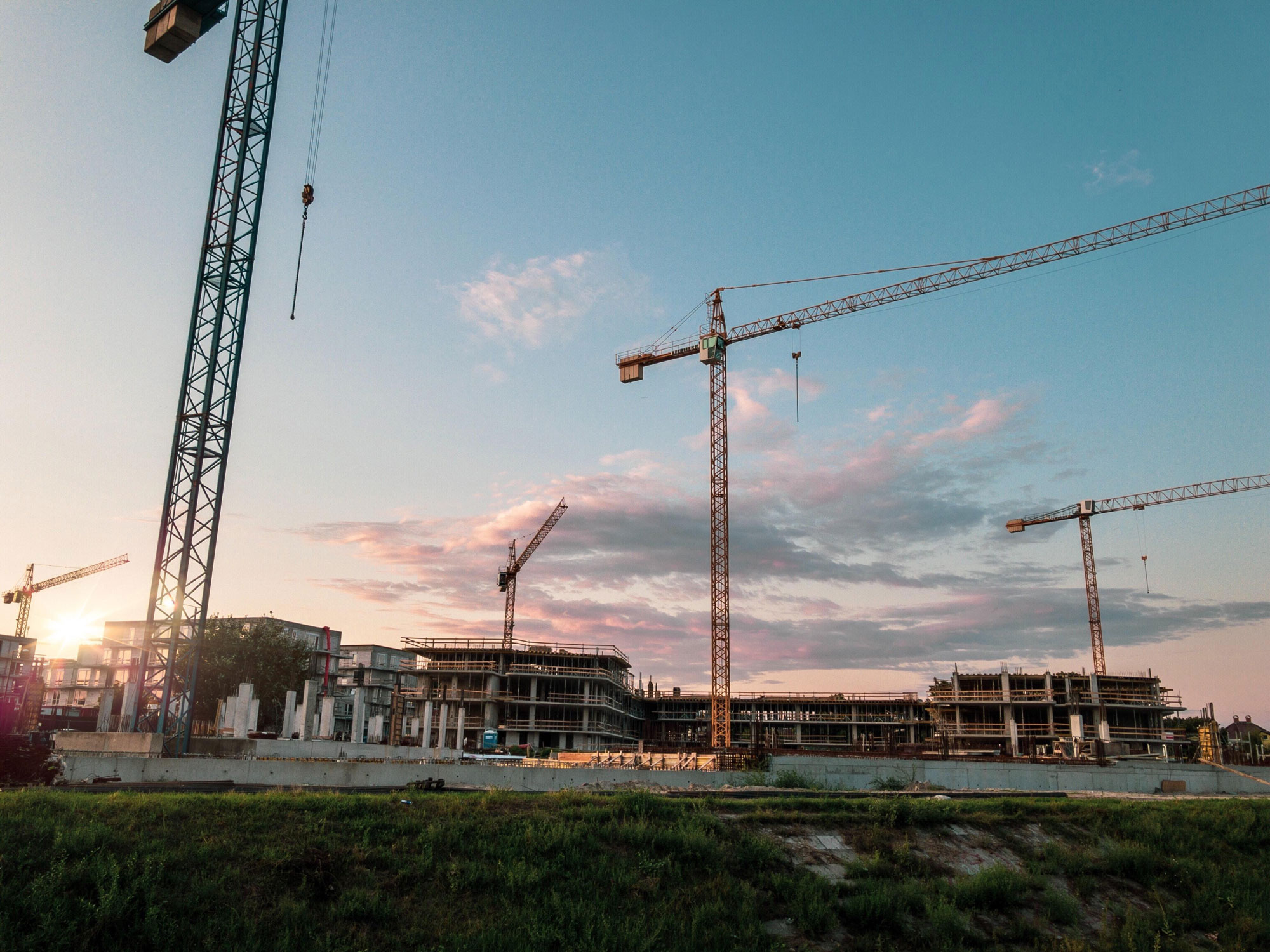Long before work can begin on a construction project, the owner and the contractor must acquire a building permit from the local government. As subs are well aware, this document sets forth all rules and regulations about the construction of any property under their jurisdiction. That said, local governments have the authority to intercede on any construction contract that fails to adhere to the permits that have been issued. The government can halt any further construction if any of the local rules set forth are not followed.
In this case, they would issue a stop work order.
Table of Contents
What Is a Stop Work Order?
A stop worker is a document issued for failure to adhere to certain rules and regulations on a construction project. Once one has been issued, officials will place a series of signs directly on the work site stating what problems or violations have been discovered. This will prohibit any further work on the property until these issues can be resolved. If a stop work order’s violations are ignored by the contractor or property owner, it can result in fines and in some cases, incarceration of the parties involved.
It’s critical to note that as a subcontractor, if your trade was the one responsible for the stop work order, you could potentially be responsible for the fees and possibly more repercussions from the general contractor, making it imperative that you abide by rules and regulations set forth on the project, including construction safety measures.
Why Is a Stop Work Order Issued?
The stop work order can be issued for a variety of reasons, including:
- If the property has violations regarding occupancy levels or any other activity that is occurring without meeting the proper zoning or use registration permits.
- If there may be potentially hazardous materials on site that could harm the building’s occupants or anyone close to the site. This could include the operation of dangerous or defective equipment, the presence of toxic gas or materials present, or explosives or fumes and vapors that could cause potential harm.
- If a structure is unsafe due to the potential for fire, faulty construction, deterioration, poor maintenance, or damage from natural causes and could cause injury to anyone present on the property, a stop work order would be issued. This can include harm or damage to life even in any adjoining properties. There could be garbage or sewage present or any sort of infestation that could create a potentially hazardous environment for any occupants.
Who Can Issue a Stop Work Order?
The local or state government and/or the fire department are authorized to issue a stop work order if they have discovered that the premises contain violations of any guidelines outlined in the original agreement. Once the issues have been addressed and the local government is satisfied with the results, the stop work order will be removed before the order’s expiration. But it can also be extended if requested by the property owner.
How Long Does a Stop Work Order Last?
Normally, a stop work order requires that all construction be halted for at least 90 days. When a stop work order is used, it will outline precisely what needs to be addressed and fixed on the site. This can include any work being performed that is outside of the original construction bid, or any safety hazards present.
How to Lift a Stop Work Order
- Fix all violations in the order
For any work to continue on the property any issues associated with the project must be addressed. The order could be for a myriad of reasons. For example, maybe the project violates some workers’ comp rules. The offending party would have to acquire a policy for their employees. In simple terms, any violation listed must be corrected before the stop work order will be lifted.
- Be sure to pay any penalties or fees
Once you’ve corrected any violations in the order you must pay any fees associated with the order. These payments are usually made to the local government in the community where the violations occurred. Contact your construction attorney and they can communicate and document all actions taken with the compliance office. They can also issue the initial payment of any fees towards the total penalties.
- Get a conditional release of the order
Once the compliance office has been contacted, find out the specific conditions that will determine conditional release. Once these conditions have been met and initial fees have been paid, their investigators will visit the site and evaluate and document that all appropriate violations have been addressed and corrected. Once proof of compliance has been documented and an agreed minimum payment has been reached, the bureau of compliance will normally issue an agreed order of conditional release.
- The final penalty has been paid
The agreed order of conditional release has been issued. Work on the construction site can resume. But the principals involved in the project are still required to make all payments and a final payment in a specific period. Normally the final payment must be made during a specific amount of time from the date of the initial stop work order. If the final payment isn’t made and the principals fail to meet this obligation in the specified time, the stop work order will be reissued and more penalties and fees will be incurred until the full amount is paid.
Pro Tip: It’s key to keep a thorough paper trail of all communications and documents relating to the order. Maintain all evidence of any actions or decisions made as well as responses to compliance with the order. This documentation should include any communications with service providers, suppliers, and subcontractors. Also, keep a record of any expenses incurred during the order. This will allow you to provide evidence of how the order has impacted the work whether it be financial or otherwise during the compliance period.
It’s a good idea to avoid a stop work order by adhering to all construction codes in your community. Stop work orders can be very costly and create unwanted construction delays. Work with a well recommended and experienced subcontractor for any current project. Your local municipality is a great place to start to gather further information about the rules and regulations associated with stop work orders before you begin your next project.








